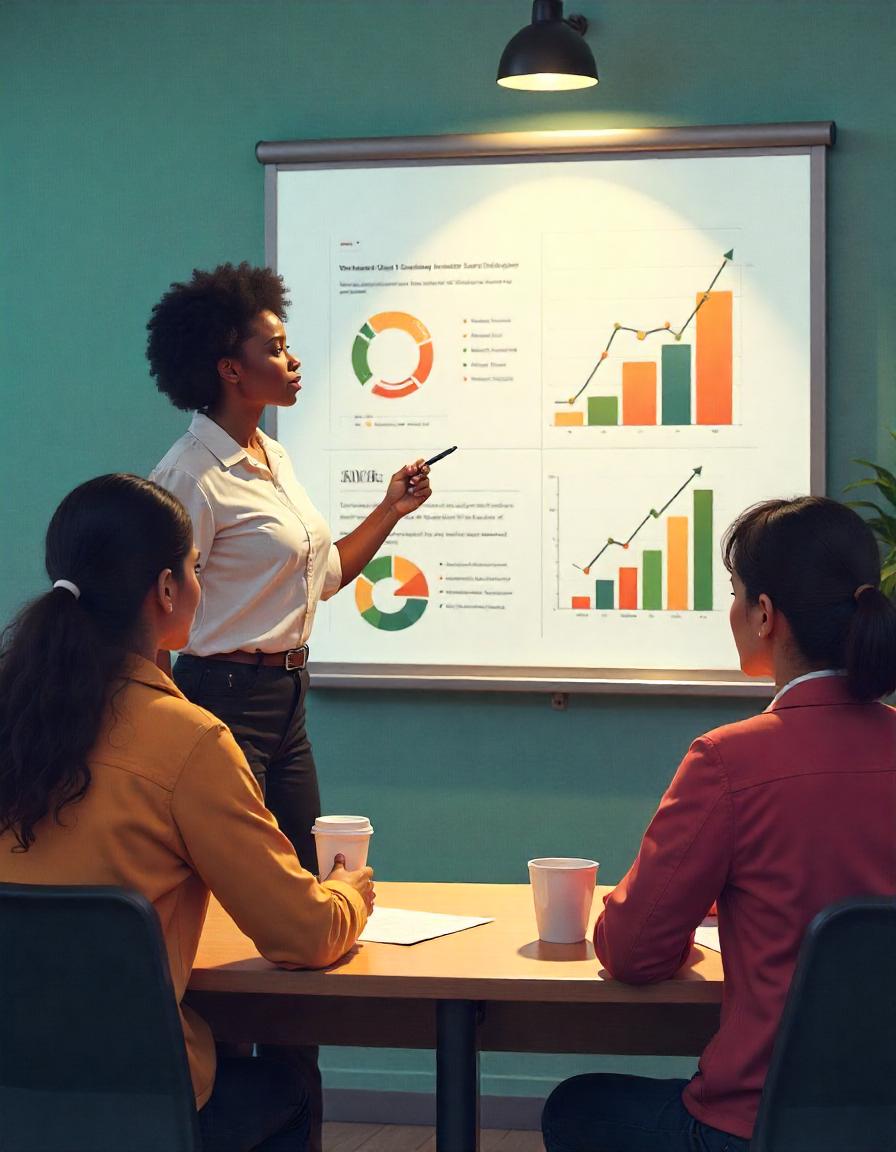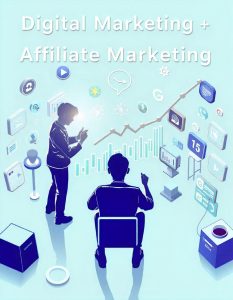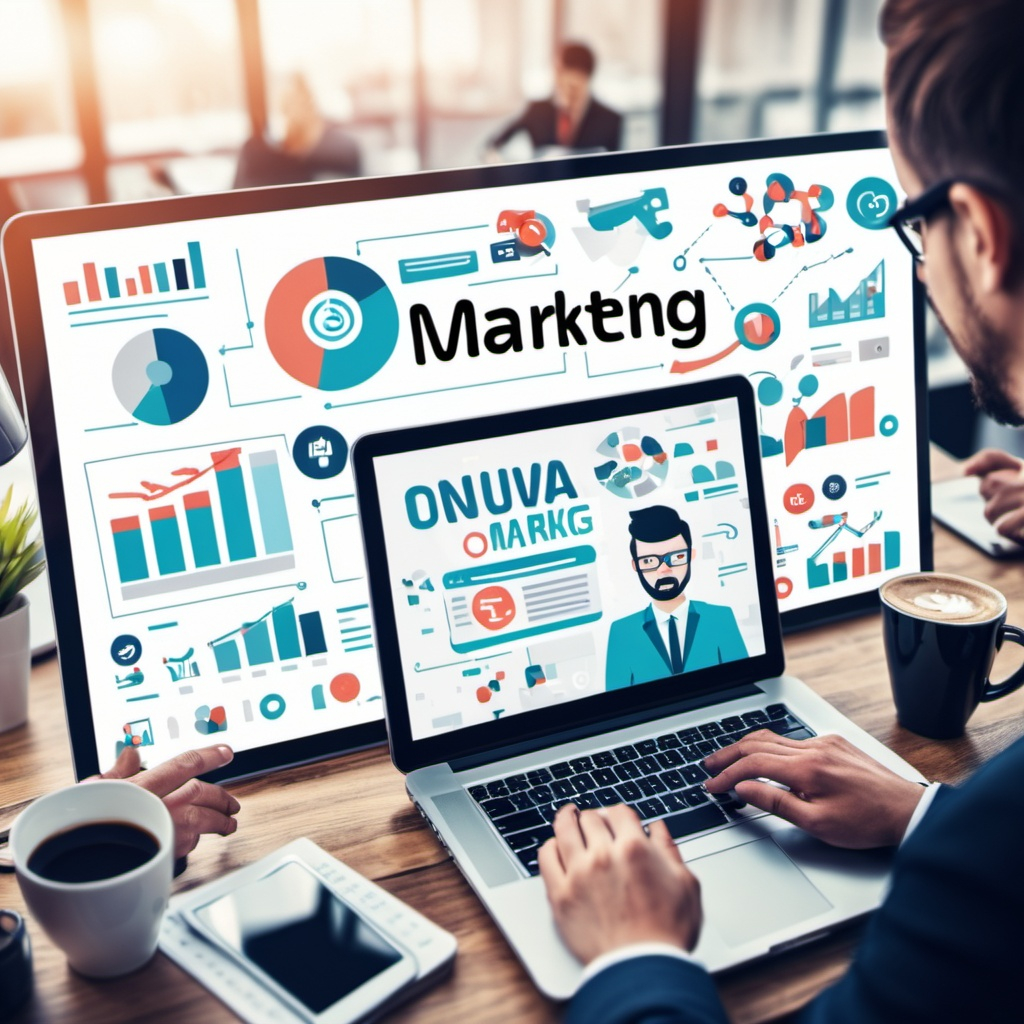Building Brand Awareness
Building brand awareness is one of the most critical components of a successful business strategy. Whether you’re a small startup trying to carve a niche or an established company aiming to stay relevant, creating and maintaining brand recognition is key to long-term success. But what exactly is brand awareness, and how can businesses leverage digital marketing and content marketing to effectively build it?
Affiliate Marketing for Remote Workers: How to Start Earning Commissions from Your Digital Presence
What is Brand Awareness?
Brand awareness refers to the extent to which consumers can recognize or recall your brand. It’s about how familiar your audience is with your company, its values, products, and services. High brand awareness means that people instantly think of your brand when they need a solution in your industry. Low brand awareness, on the other hand, means you may struggle to stand out among your competitors.
Brand awareness is the foundation of customer trust and loyalty. Consumers tend to buy from brands they recognize and trust. So, if your brand isn’t visible or memorable, you’re missing opportunities for engagement, conversions, and customer retention.
Why is Brand Awareness Important?
In an increasingly saturated market, it’s more important than ever to stand out. Brand awareness sets you apart from the competition, establishes a connection with your audience, and increases the likelihood of repeat business. Additionally, brand awareness can:
- Drive traffic: Familiar brands attract more visitors, both to your website and physical locations.
- Generate trust: Consumers tend to trust known brands more, making them more likely to purchase from you.
- Enhance customer loyalty: The more people are aware of your brand, the more likely they are to become repeat customers.
- Increase market share: Brands with higher awareness are better positioned to capture a larger portion of the market.
- Boost sales: With strong brand awareness, sales naturally increase as consumers are more likely to purchase from brands they know and trust.
Now, let’s dive into how you can build brand awareness using digital marketing and content marketing strategies.
How To Make Money With The Moniepoint Bank App
Digital Marketing: A Powerful Tool for Building Brand Awareness
Digital marketing is an essential part of building brand awareness in today’s online-driven marketplace. Through a combination of paid advertising, organic search, and social media, businesses can reach wider audiences, increase visibility, and make lasting impressions.
Here are some key digital marketing strategies to help build your brand’s presence:
1. Search Engine Optimization (SEO)
SEO is a powerful tool for brand awareness. When your website ranks highly on search engines like Google, the more people see your brand, the more familiar it becomes to them. Optimizing your website for relevant keywords not only boosts organic traffic but also establishes your brand as a leader in your industry.
- Optimize for high-traffic keywords related to your industry, product, or service. Make sure these keywords are incorporated into your web pages, blog posts, and product descriptions.
- Build backlinks from credible sources, which not only boost your rankings but also strengthen your brand’s reputation.
- Create valuable, high-quality content that answers customer queries, solving their problems while associating your brand with expertise.
2. Social Media Marketing
Social media platforms like Instagram, Facebook, LinkedIn, and Twitter offer excellent opportunities for businesses to engage directly with consumers and build brand awareness. Through engaging content, interactive posts, and community management, you can create a loyal following and increase your visibility.
- Post consistently and focus on content that resonates with your target audience. Use images, videos, infographics, and stories to captivate attention.
- Engage with your audience by responding to comments, reposting user-generated content, and holding polls or giveaways.
- Leverage influencer marketing by partnering with influencers who align with your brand values and have a strong following in your niche.
3. Pay-Per-Click Advertising (PPC)
PPC campaigns on platforms like Google Ads or social media networks can increase brand exposure by targeting specific audiences based on interests, demographics, and online behavior. Though this is a paid approach, it can drive traffic and conversions if done strategically.
- Target your audience carefully to make sure you’re reaching the right people who are more likely to engage with your brand.
- Optimize your ads with strong headlines, eye-catching visuals, and compelling calls to action (CTAs).
- Utilize remarketing to target users who have previously visited your website but didn’t convert.
Content Marketing: The Backbone of Brand Awareness
While digital marketing focuses on how to reach your audience, content marketing is about what you communicate to them. Content marketing allows you to provide value, establish authority, and build trust—all of which are key to brand awareness.
1. Create Valuable, Engaging Content
High-quality, relevant content is the heart of content marketing. It’s not just about publishing content—it’s about offering solutions to your audience’s problems, answering their questions, and meeting their needs. By doing so, your brand becomes a go-to resource.
- Blogging: Write regular blog posts that address topics your audience cares about. These posts can be educational, entertaining, or informative, but they should always provide value.
- E-books, Whitepapers, and Guides: Long-form content can help establish your brand as an industry thought leader. Offering in-depth resources that solve pain points for your audience is a surefire way to build credibility and awareness.
- Case Studies and Testimonials: Showcasing real-world results helps people relate to your brand and trust its effectiveness.
2. Leverage SEO in Content Marketing
SEO and content marketing go hand-in-hand. Make sure your blog posts and articles are optimized for the right keywords so that they appear in relevant search results. This not only increases visibility but also positions your brand as an expert in your field.
- Use keyword research tools to find high-volume, low-competition keywords.
- Create optimized content that answers questions your audience is searching for.
3. Content Distribution
Creating great content is only half the battle—you need to make sure it reaches your audience. Sharing content on your website, social media platforms, and email newsletters helps drive traffic and improve brand awareness.
- Use email marketing to promote your blog posts, special offers, and updates.
- Repurpose content into various formats—turn a blog post into an infographic or a video, for example.
- Guest posting on other reputable websites in your industry can also increase your reach and expose your brand to new audiences.
4. Collaborate with Industry Leaders
Partnering with influencers or other businesses in your industry can further amplify your content and increase brand awareness. Co-author blog posts, create joint webinars, or collaborate on social media campaigns. This gives you access to a wider audience while associating your brand with credible sources.
Affiliate Marketing with Us – Sell our Digital Products as an affiliate marketer
Measuring Brand Awareness
Building brand awareness is a long-term strategy, but how do you measure its success? While brand awareness can be tricky to quantify, there are several indicators that can give you insights into how well your efforts are working:
- Website traffic: If more people are visiting your website, it’s a clear sign that your brand awareness efforts are paying off.
- Social media engagement: Increased likes, shares, comments, and followers on your social media accounts can indicate growing brand awareness.
- Direct searches: If people are directly searching for your brand name on Google, it means they’re becoming more familiar with your brand.
- Mentions and shares: Monitor how often your brand is mentioned online or shared on social platforms.
How to Earn Money Online – The Ultimate Guide to Financial Freedom
Building brand awareness is not a one-time task, but a continuous effort that requires a combination of digital marketing, content marketing, and consistent engagement with your audience. By leveraging SEO, social media, PPC, and valuable content, you can enhance your brand’s visibility, establish trust with your audience, and ultimately drive long-term business success.
The more visible and credible your brand becomes, the more opportunities you’ll have to grow your business and turn first-time visitors into loyal customers. Keep the focus on offering value, staying consistent, and being where your audience is, and you’ll be well on your way to building lasting brand awareness.
Top Free Digital Marketing Online Courses to Boost Your Skills (Get List And Websites)
Subscribe to Safegate World for daily updates.
Check Out Our Premium Services
To Advertise, Advertise Your Affiliate Links on Safegateworld.com
Become a Digital Marketer – Your Complete Guide with 500 Digital Marketing Sites To Start Your Career Immediately!
Related Articles
Can Digital Marketing Make You Rich?
Digital Marketing and Affiliate Marketing
What Is Search Engine Optimization (SEO)?
Pay-Per-Click (PPC) Advertising












